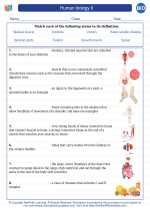Antihistamines
Antihistamines are a class of medications that are commonly used to treat allergic reactions and symptoms such as sneezing, itching, watery eyes, and runny nose. They work by blocking the action of histamine, a substance produced by the body as part of its natural defense mechanisms against allergens.
Mechanism of Action
When the body is exposed to an allergen, such as pollen or pet dander, it releases histamine, which binds to histamine receptors, causing the symptoms of an allergic reaction. Antihistamines work by binding to these receptors, preventing histamine from causing the allergic response. This helps to alleviate the symptoms of allergies.
Types of Antihistamines
There are two main types of antihistamines: first-generation and second-generation. First-generation antihistamines, such as diphenhydramine and chlorpheniramine, are known to cause drowsiness and are often used for their sedative effects. Second-generation antihistamines, such as loratadine and cetirizine, are less likely to cause drowsiness and are therefore preferred for daytime use.
Usage and Side Effects
Antihistamines are commonly used to relieve symptoms of allergies, hay fever, and allergic skin conditions. They are available in various forms, including tablets, capsules, liquids, and nasal sprays. Common side effects of antihistamines may include drowsiness, dry mouth, dizziness, and constipation. It is important to follow the recommended dosage and usage instructions provided by a healthcare professional.
Study Guide
When studying antihistamines, it is important to understand their mechanism of action, types, usage, and potential side effects. Here are some key points to focus on:
- Describe the mechanism of action of antihistamines and how they work to alleviate allergic symptoms.
- Compare and contrast first-generation and second-generation antihistamines, including their differences in sedative effects.
- Explain the common uses of antihistamines and the different forms in which they are available.
- Discuss the potential side effects of antihistamines and the importance of following recommended dosage and usage instructions.
By understanding these key points, you will have a solid foundation in the topic of antihistamines and their use in treating allergic reactions.
.◂Biology Worksheets and Study Guides High School. Human biology II
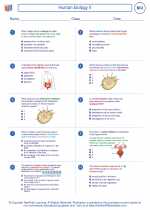
 Worksheet/Answer key
Worksheet/Answer key
 Worksheet/Answer key
Worksheet/Answer key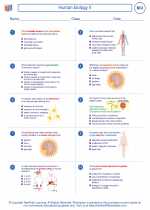
 Vocabulary/Answer key
Vocabulary/Answer key
 Vocabulary/Answer key
Vocabulary/Answer key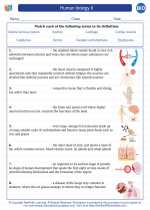
 Vocabulary/Answer key
Vocabulary/Answer key
 Vocabulary/Answer key
Vocabulary/Answer key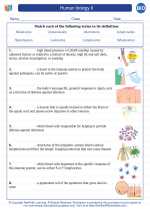
 Vocabulary/Answer key
Vocabulary/Answer key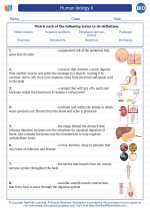
 Vocabulary/Answer key
Vocabulary/Answer key
 Vocabulary/Answer key
Vocabulary/Answer key